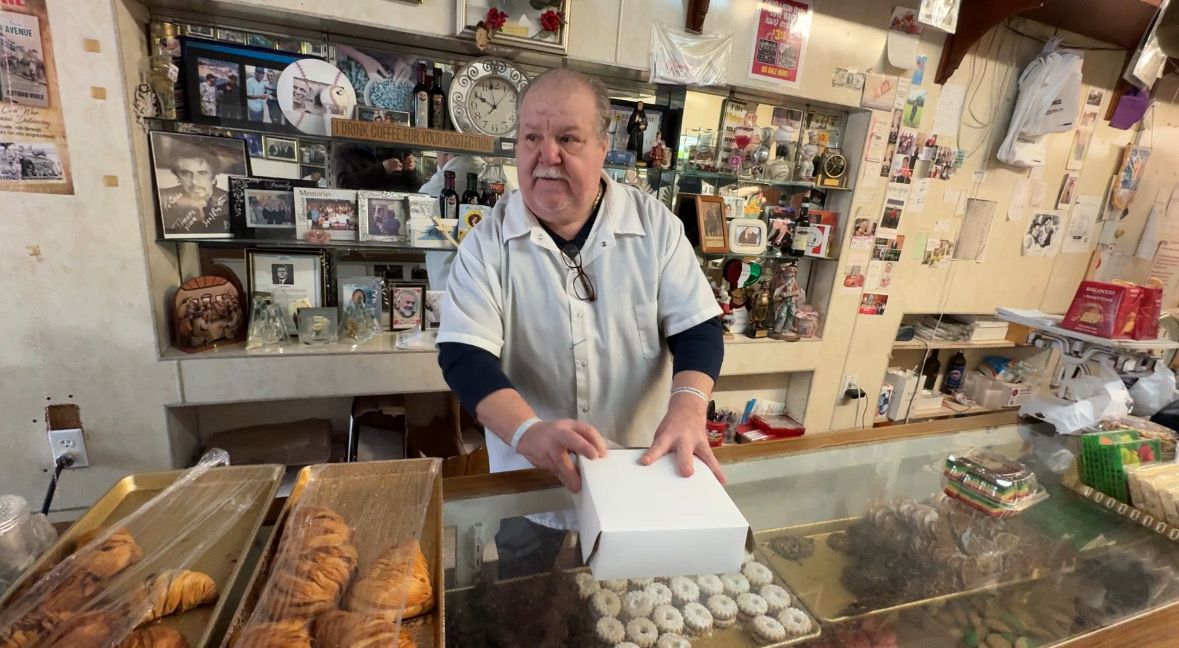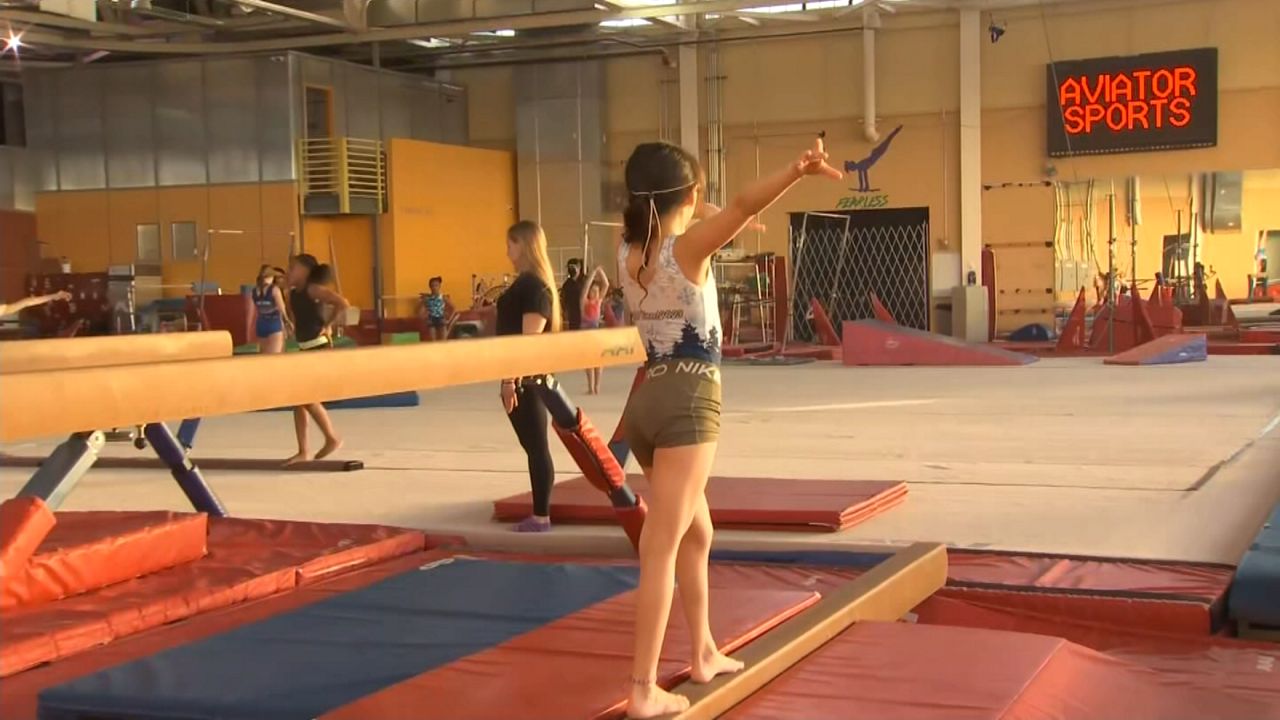Pizza and Central Park are a popular combo for New Yorkers, whether it be for birthday parties or informal gatherings.
All those pizza parties lead to a lot of cardboard pizza boxes. The dilemma has arisen when parkgoers try to get rid of the boxes: They don’t really fit in any of the garbage bins in the park.
What You Need To Know
- The Central Park Conservancy has introduced a specially designed bin to hold large pizza boxes
- The bins encourage recycling and keep the boxes out of the trash and landfills
- The bin will be located in the East Pinetum picnic area
“People stack them in the pathways, or bend the box and stuff it in the trash bins, which leads to overflowing cans, which also attracts rodents,” Jonathan Vasquez, a groundskeeper for the Central Park Conservancy, said.
Sometimes pizza party people just stack the boxes on top of the cans, so no one else can use them. The Central Park Conservancy has come up with a solution. It’s a bin designed specifically for pizza boxes, making it easier for people to recycle the boxes too.
“You open the pizza box, take all the contents out, wax paper, slices, you throw it in the trash, then you close the box, place it right into the pizza box bin,” Vasquez said of the new receptacle.
The pilot project will start with one of the bins at the East Pinetum, north of the Great Lawn near the Metropolitan Museum of Art, a popular spot for picnics and parties.
Recycling the boxes and keeping them out of the trash is part of the Central Park Conservancy’s effort to keep more items thrown out in the park from ending up in the landfill.
“Create a stream of clean cardboard, that we can then bag up, bring to our drop spots, and then it’s moved to a larger container here in the park, and that container of clean cardboard and paper is picked up by Sanitation and brought to their recycling facility in Brooklyn,” Margaret Asaro, vice president for park maintenance and facilities at the conservancy, said.
The bins hold up to 50 pizza boxes and will be checked on two to three times a day.
If the program is a success, more could be introduced next year at other popular picnic spots.









_PKG_WCS_Film_Fest_CLEAN_133797398_405)